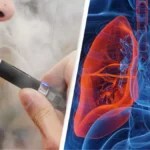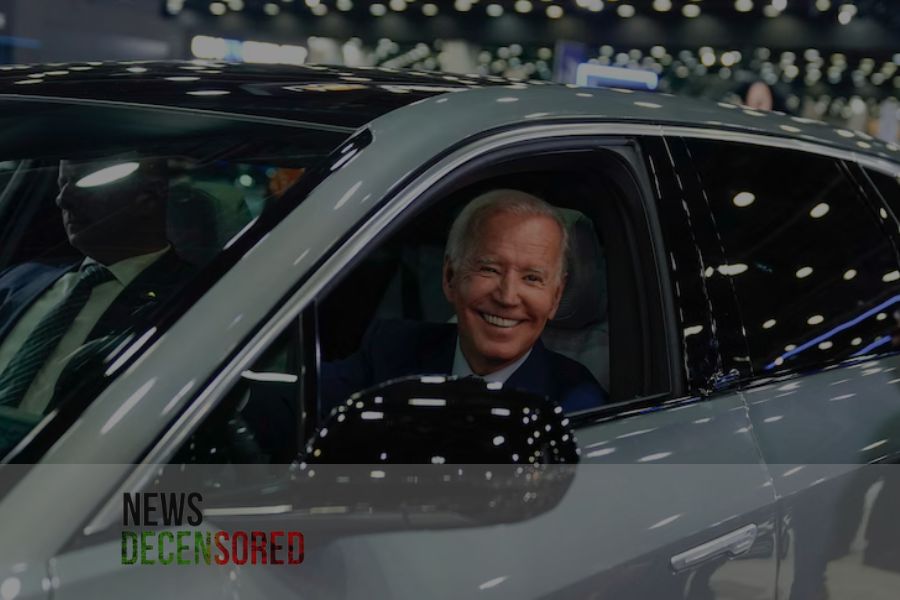The Biden administration announced new auto emissions standards Wednesday, described by officials as the most ambitious plan ever to cut global-warming emissions from passenger cars. It includes a target for 56% of all new US vehicles sold to be electric by 2032 – a significant increase from current levels.
The new rules relax the initial tailpipe limits proposed last year but ultimately come closer to the same stringent standards set by the EPA.
The rules come as sales of electric cars, needed to meet the standards, have begun to slow. The auto industry cited lower sales growth in its objection to the Environmental Protection Agency’s preferred standards unveiled last April.
The EPA said that under its final rule, the industry could meet the limits if 56% of new vehicle sales objected to a draft of the rules last year that would have ensured such vehicles accounted for 67% of all new cars sold in 2032 along with at least 13% hybrids or other partially electric vehicles, plus more efficient gasoline-powered cars that get more miles per gallon.
The EPA said the new standards would avoid more than 7 billion tons of global-warming carbon emissions over the next three decades and provide nearly $100 billion in annual net benefits. From $60 billion in reduced benefits.
The EPA rule applies to model years 2027 through 2032 and will significantly reduce emissions of global warming greenhouse gasses. The EPA said the rule will help “address the climate crisis” and will lead to widespread reductions in air pollution while accelerating the adoption of clean vehicle technologies. The agency is finalizing the rule as sales of clean vehicles, including hybrids and all-electric vehicles, reached record levels last year.
The new rule slows the implementation of stricter pollution standards from 2027 until 2029 after the auto industry described the proposed standards as unworkable.
These new standards are very important for public health, for American jobs, for our economy, and for our planet and for environmental groups that broadly welcomed the measure, though some activists expressed disappointment it was not stronger.”
President Joe Biden has made combating climate change a hallmark of his presidency and is seeking to reduce carbon dioxide emissions from gasoline-powered vehicles, which constitute the largest single source of greenhouse gas emissions in the United States.
The United Auto Workers union, which has endorsed Biden, said it favors a transition to electric vehicles but wants to make sure jobs are preserved and that the industry pays the highest wages to workers who make electric cars and batteries.
“Over time, these rules will prevent more carbon pollution than the entire U.S. economy can handle in one year,” said Manish Bapna, president of the Natural Resources Defense Council. In the short term, he added, the rules “will save drivers money at the pump and reduce automobile exhaust pollution that endangers public health.”















